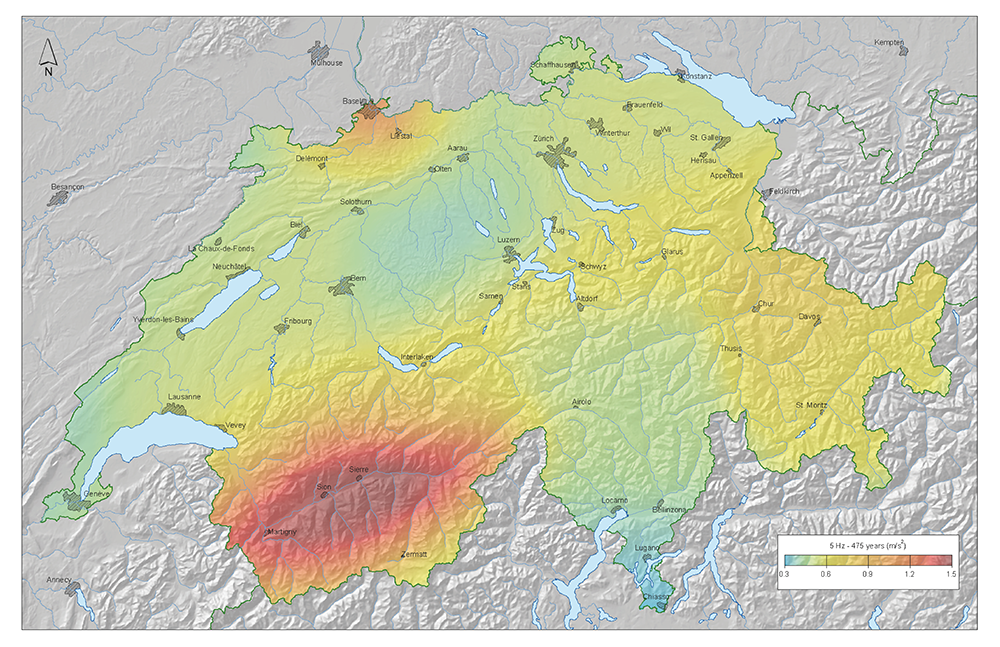Press tab to activate screen reader mode
The content of the page starts here
Seismic Hazard Switzerland 2004
Download the Report "Seismic Hazard Assessment of Switzerland, 2004" here.

Download the Report "Seismic Hazard Assessment of Switzerland, 2004" here.
